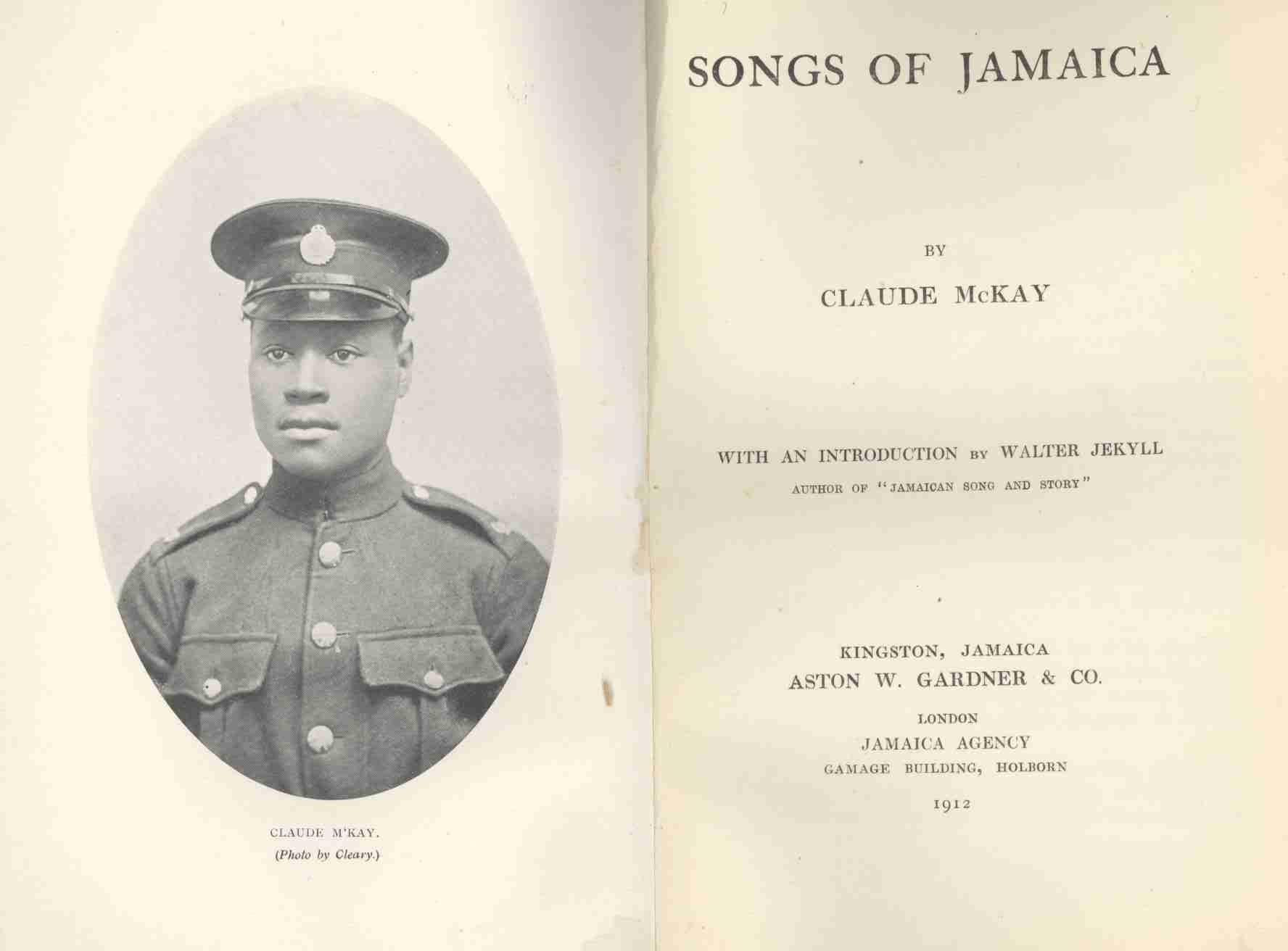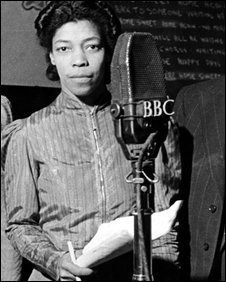Before the Spanish
arrived in Jamaica, the Taíno people predominantly lived across the islands of
the Greater Antilles (Cuba, Dominican Republic, Haiti, Puerto Rico, Jamaica, Cayman
Islands, Bahamas, and others). Their greatest contribution to the art world was
the zemi. A zemi is an ancestral deity and often personified as a sculpture,
usually made of wood, bone, or skulls. Although some of these sculptures were
small, some were quite large; many were simply made while others were
elaborate. They were very important to their culture.
After the Spanish
arrived and after the British took control of the island, there was a general
push toward European-style art. Many British and other European artists flocked
to Jamaica and other islands in the Caribbean to begin using the islands as the
backdrops for their paintings. However, they only used the styles they knew:
painting the islands from the point of view of a European. There were many
portfolios and sketches of island life during the 1700s and 1800s.
 |
| "Mother Caring for Young" by Edna Manley -- I know this scene, it says, "You need to be quiet if you know what's good for you." |
Jamaica wouldn’t
develop its own sense of nationalistic arts movements until the beginning of
the 20th century. Edna
Manley was a British woman who traveled to Jamaica with her husband. She was an
artist and often created paintings and sculptures that reflected the changing
socio-political atmosphere in Jamaica. During the 1930s and 1940s, many of the
Africans who were in Jamaica had started to seriously talk about independence.
Her sculpture “Negro Aroused” and her painting “Beadseller” and “Market Women”
were among her most famous works. For these works and her dedication to
preserving and encouraging Jamaican art, she has been dubbed the “mother of
Jamaican art.”
 |
| by Richard Blackford |
Many up-and-coming
artists in Jamaica traveled abroad to study in England and other areas and
brought back what they learned to Jamaica. And several of these students came
back to teach at the Jamaican School of Art, later renamed in honor of Edna
Manley. After independence, Jamaican artists continued to create art that
reflected their African and Amerindian roots. One of the unifying styles you’ll
find in many Jamaican paintings is the use of bright colors (which you’ll also
find across much of the Caribbean and Latin America) and their use of shading
as well; subjects such as daily life on the island were common. Artists also
used social commentary, such as violence and homosexuality, as the subject of
their works.
Jamaican literature
as we know it stems directly from many of the African traditions that were
brought over during the slave trade. Many of these stories aligned with the
Ashanti tribe in West Africa since this was one of the main areas they came
from. Early on, these stories and histories were told orally, or by word of
mouth. They were passed on generation to generation as a means of entertainment
and preservation. One of the West African folktale characters that made its way
into Jamaican folktales are the stories of Anansi (who goes by a number of
other spellings, such as Anancy, Nancy Spida, Brer Nancy, or other variations). Anansi is known
as the spider-god who is often portrayed as a trickster and often causing
trouble with other god-characters.
Modern literature
didn’t come about as we know it until the late 1800s. Thomas MacDermot was
probably the first writer who brought Jamaica into the limelight as a viable
English-speaker country that also produces English-language literature. Some
critics consider MacDermot as the beginning of modern Jamaican literature.
Poetry is a popular
genre in Jamaican literature, and many Jamaican poets have risen to prominence.
One poet, Claude McKay, not only had a major influence on Jamaican literature
but also moved to the US and directly influenced the Harlem Renaissance. This
was before he moved to France and was directly involved in the Negritude
movement of promoting African identity in literature, the arts, and in society.
Another well-known
poet is Una Marson. Not only was she a poet, but she was also one of the first
major voices of feminism. She also produced a radio show for the BBC about life
in the Caribbean. Louise Bennett-Coverly made a voice for herself by writing in
patois, the local dialect, giving her work a distinctive Jamaican voice.
 |
| Marcus Garvey |
Marcus Garvey was a
Jamaican journalist and political leader who was highly influential in the
Black Nationalism and Pan-Africanist movements. Throughout much of his work, he
has written a number of petitions and articles outlining his views. There are a
number of schools and universities named after him in Jamaica, the US, Canada,
and the UK. (One of the schools near where we lived in Chicago was named after
him.)
 |
| Ian Fleming at work. |
Although he was
born and raised near London, England, writer and journalist Ian Fleming later
moved to Jamaica. He is most known for his character James Bond and the series
of novels surrounding him. Surprising to me, he also wrote Chitty-Chitty-Bang-Bang as well. However, his personal life was a
lot of cheating and some more cheating.
There are many
other writers—poets, novelists, historians, educators, science fiction writers,
playwrights, editors, short story writers, folklorists, critics—who have done
very well, making names for themselves and representing their country at the
same time.
Up next: music and
dance




No comments:
Post a Comment